In Focus: The beauty of William Hogarth's 'Progress' Series, from his engraving skill to his story-telling gymnastics
Philippa Stockley revels in the humour, perspicacity and story-telling that radiate from Hogarth’s ‘Progress’ series.


As Britain embarks on redefining Britishness, the work of that most British painter, William Hogarth, goes on display today in an exhibition worthy of his genius. Versatile engraving skill, story-telling gymnastics, exquisite sartorial observation, biting wit and naughty fun: all these can be enjoyed in the perfect setting of Sir John Soane’s Museum.
The museum has united all Hogarth’s works done in series form for the first time, with four complete painted series and others engraved. They include the great ‘Progress’ sets (the term, inspired by John Bunyan, describing here a moral and didactic narrative told in six or more pictures), ranging from the early ‘A Harlot’s Progress’ (engraved; the painted set burned in 1755) to the late ‘The Humours of an Election’ (1754).
Hogarth referred to his series as ‘Modern Moral Subjects’, a striking phrase that aligned them with that exciting new literary form, the novel. Just as writers such as Henry Fielding and Daniel Defoe embedded a moral core within an enticing and racy story (Tom Jones, for example, or Defoe’s delicious Moll Flanders), so Hogarth invested even his most apparently tragic works with a sexual frisson or voyeurism. Unlike those baggy writers, however, he was a master of abbreviation; indeed, it’s a wonder how much he managed to cram into only six to eight paintings.
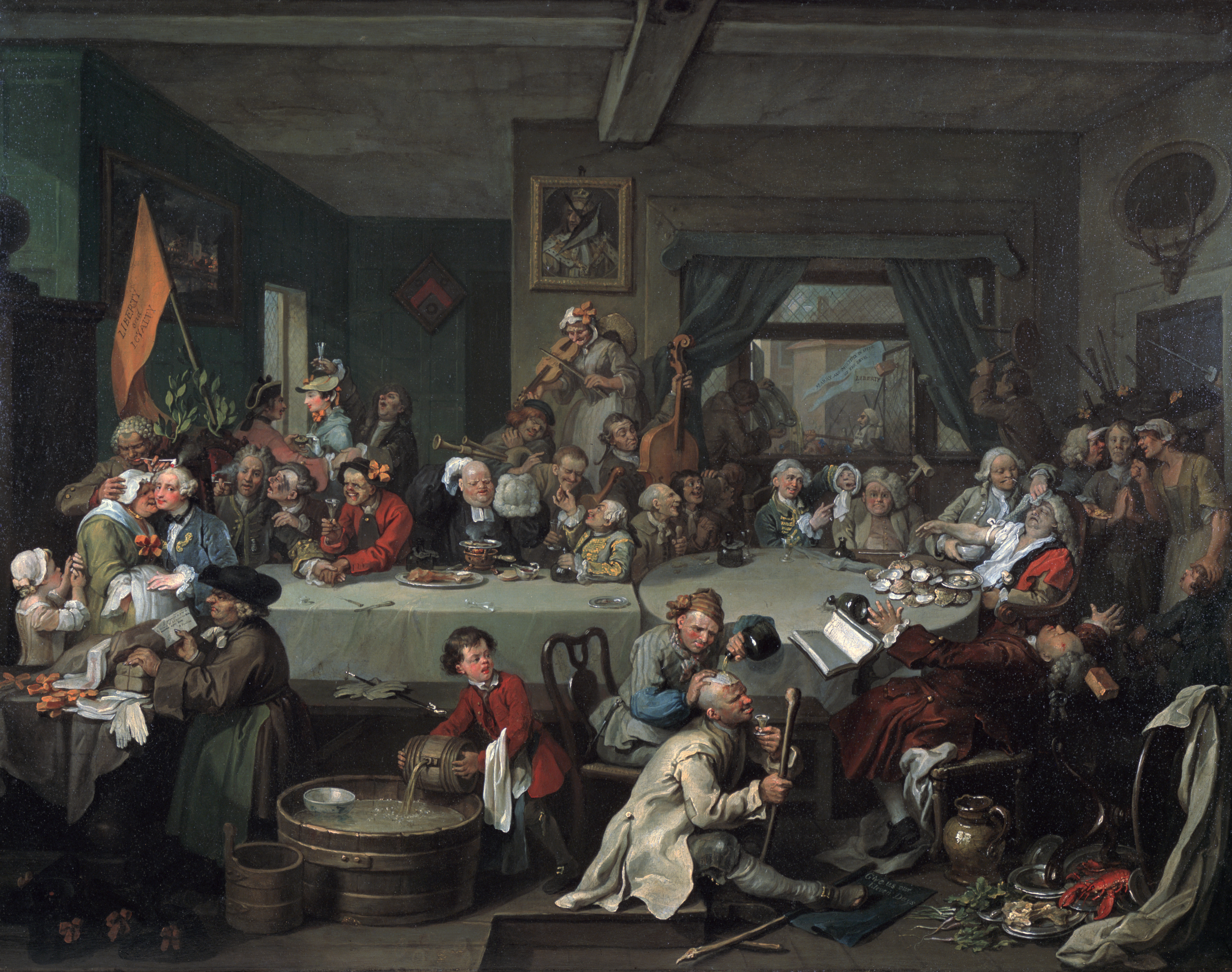
He drew on the poetic satirical tradition of Alexander Pope, in which concision sharpened wit. Scraps of written matter included within a picture economically enforced meaning and enhanced the novelistic idea. An unpaid bill indicates profligacy in The Tête à Tête from the ‘Marriage A-la-Mode’ series of 1743–45; an inn sign reading The World’s End anticipates his own death in the amusing 1764 engraving, The Bathos. Around these literal signposts, he set his rollicking stories, packing in characters that are often, although not always, partial caricatures. And all with pitch-perfect economy and mesmerising vivacity.
Hogarth drew all classes and types – from fops to lechers to molls and madams, bankers, aristocrats, peddlers, drunks, murderers and thieves – as well as human aspiration and folly, with equal brilliance. This applies to animals, too, from the pair of dogs tied together in The Marriage Settlement, indicating the misery of an arranged marriage in the opening title of the ‘Marriage A-la-Mode’ set, to the cat playing with an idle apprentice’s equally idle shuttle in the first plate of Industry and Idleness, a tub-thumpingly didactic series of 1747 engraved in 12 plates for mass sale.
'A cautionary tale of the madness and death that financial and sexual profligacy brings'
The son of a school teacher and writer from Westmorland who went to debtors’ jail for his failure in running a Latin-speaking coffee house (surely rich meat for a novel), Hogarth began his career as a silver engraver, at which he was consistently brilliant. He also started painting, with such application that a rather lumpen early style rapidly advanced. His fourth series, ‘Marriage A-la-Mode’, is supremely gifted. In the second of the six paintings, the radiantly alluring face of the bored young wife is no caricature, but an essay in loveliness. Her raddled husband, just home at breakfast time, stuffing a whore’s cap into his pocket as it is sniffed by a lap-dog, is oblivious to her wholesome charms. Alas, doom awaits not only him, but her too, for, ignored by her cheating spouse, she takes a lover herself and ends up dead.
Among the many delights of these works is the artist’s relish for portraying surface. Take The Arrest (1734) from ‘A Rake’s Progress’, a cautionary tale of the madness and death that financial and sexual profligacy brings. The gilded wood and red silk of the sedan chair are done with brio and echo the rake’s absurdly puffed up appearance as he is yanked out of it. Textures are exquisitely evoked, even in the engravings, demonstrating the artist’s mastery of both brush and burin. Brocades, wood, silks, fustian and floorboards are rendered with never a slip, as are frequent rips and tatters. As he adds here an extra detail, there a witty touch, such as a tiny hanging man in The Bathos, his enjoyment in his work is palpable.
Exquisite houses, the beauty of Nature, and how to get the most from your life, straight to your inbox.
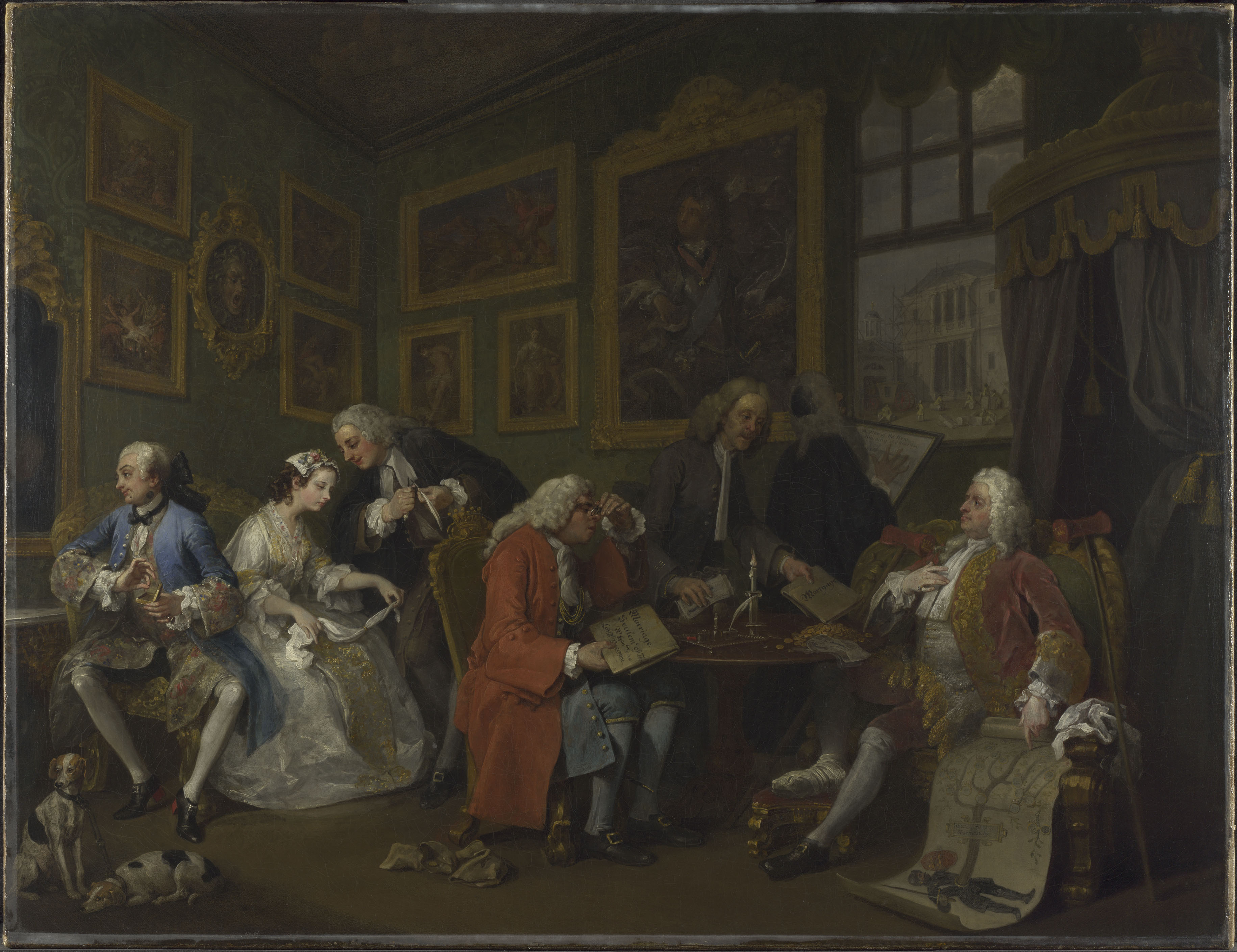
Sir John Soane’s Museum, with interiors that chime with Hogarth’s paintings, is the perfect setting for the show. A longstanding patron and admirer of Hogarth, Soane considered him a major painter and bought three series. Using his wife’s inherited money, he acquired ‘A Rake’s Progress’ in 1802, for 570 guineas (by comparison, their fine house at No 12, Lincoln’s Inn Fields, which Eliza’s money bought in 1792 following the death of her father, Sir James Thornhill, cost £2,000). Two decades later, Soane bought ‘The Humours of an Election’ series. When, in 1833, his museum opened with works by Hogarth displayed alongside others on ingeniously designed folding picture walls, ‘Marriage A-la-Mode’ was being shown at the newly established National Gallery.
This unmissable exhibition perfectly demonstrates the particularity of Hogarth’s humour and invention, still fresh after 200 years. Strolling around these stimulating works, one has to wonder what fun he might have had with Brexit.
‘Hogarth: Place and Progress’ is at Sir John Soane’s Museum, 13, Lincoln’s Inn Fields, London WC2, until January 5, 2020. Visit www.soane.org for more details.
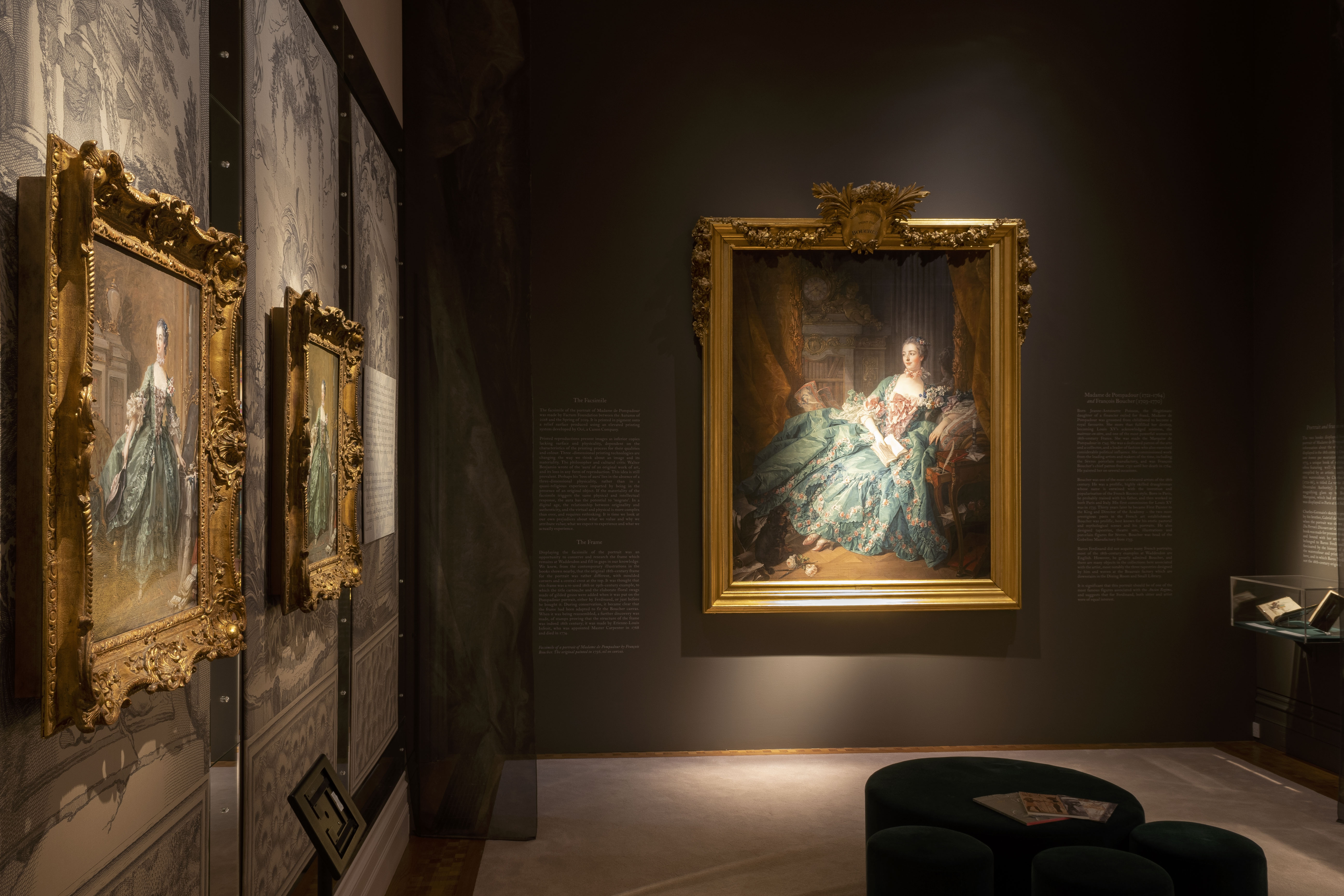
In Focus: how technology can transform old art, producing replicas not to deceive, but to stimulate artistic thinking
Modern digital technology is transforming our understanding of the context and meaning of historic works of art. Emma Crichton-Miller investigates.
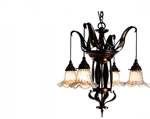
Architectural lighting: Art Deco and Art Nouveau
We take a look at the similar influences, but very different implementations, of Art Deco and Art Nouveau
Country Life is unlike any other magazine: the only glossy weekly on the newsstand and the only magazine that has been guest-edited by His Majesty The King not once, but twice. It is a celebration of modern rural life and all its diverse joys and pleasures — that was first published in Queen Victoria's Diamond Jubilee year. Our eclectic mixture of witty and informative content — from the most up-to-date property news and commentary and a coveted glimpse inside some of the UK's best houses and gardens, to gardening, the arts and interior design, written by experts in their field — still cannot be found in print or online, anywhere else.
-
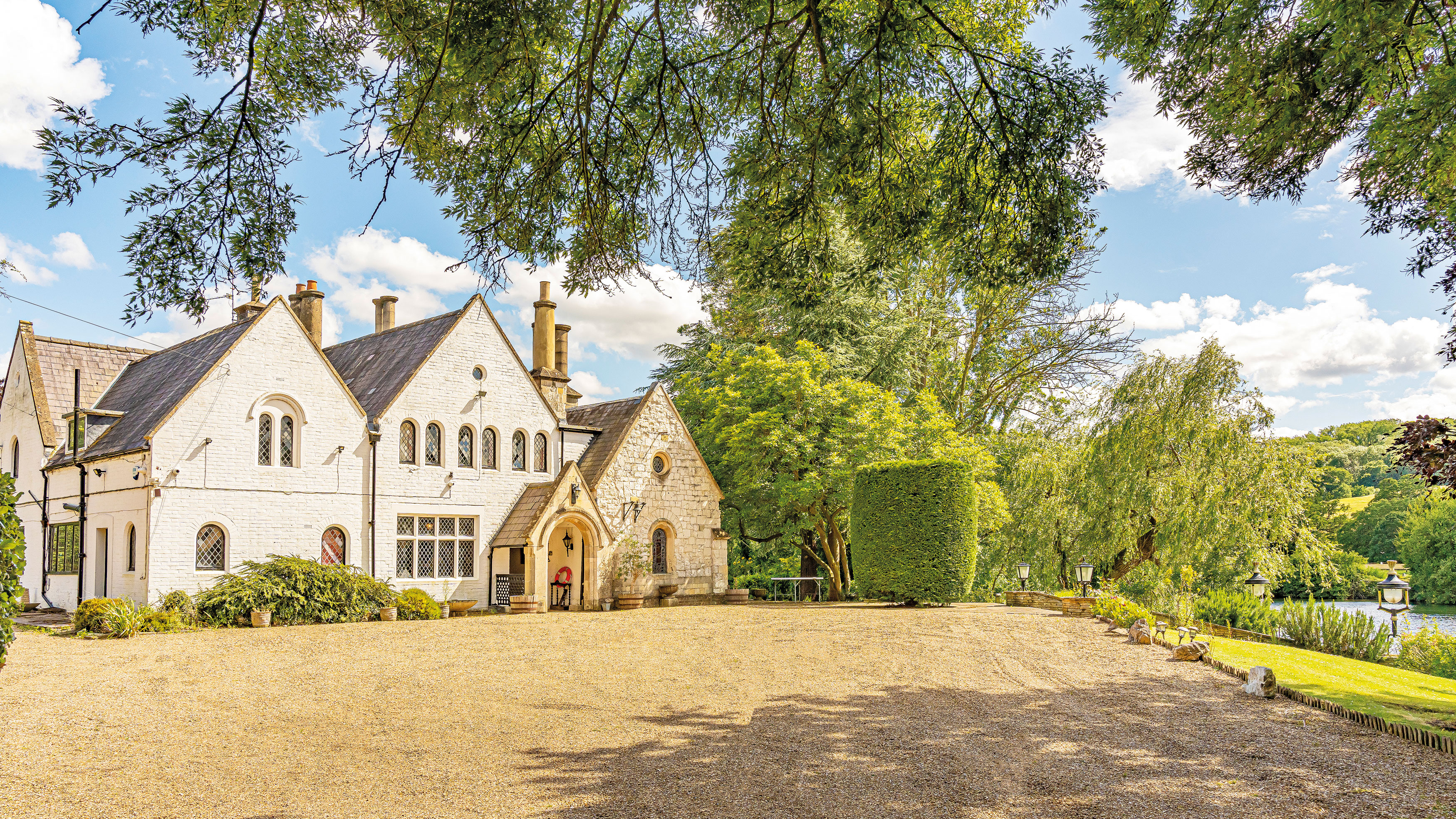 Magna Carta Island for sale on the Thames, complete with the stone tablet on which Magna Carta itself is said to have been sealed
Magna Carta Island for sale on the Thames, complete with the stone tablet on which Magna Carta itself is said to have been sealedThis beautiful house on a private island on the River Thames isn't just a charming home — it's one with an extraordinary tale to tell.
-
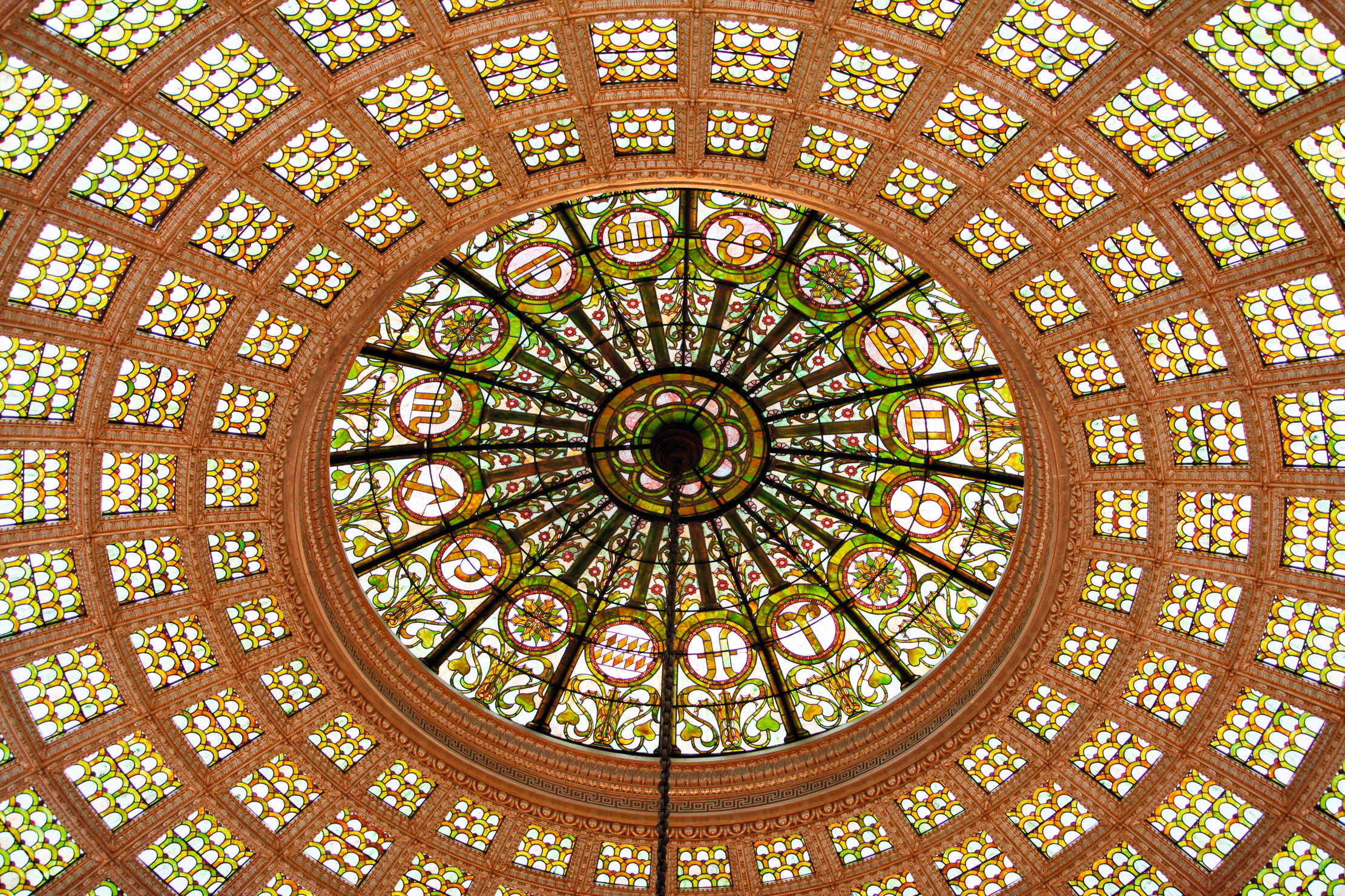 'Gems of enflamed transparencies, of bottomless blues, of congealed opals': Why glass was perfect for the elemental experimentalism of Art Nouveau
'Gems of enflamed transparencies, of bottomless blues, of congealed opals': Why glass was perfect for the elemental experimentalism of Art NouveauArt Nouveau masters such as Louis Comfort Tiffany and Émile Gallé turned the most fragile of materials into iridescent masterpieces that shimmered like seashells or glittered like Byzantine mosaics.
-
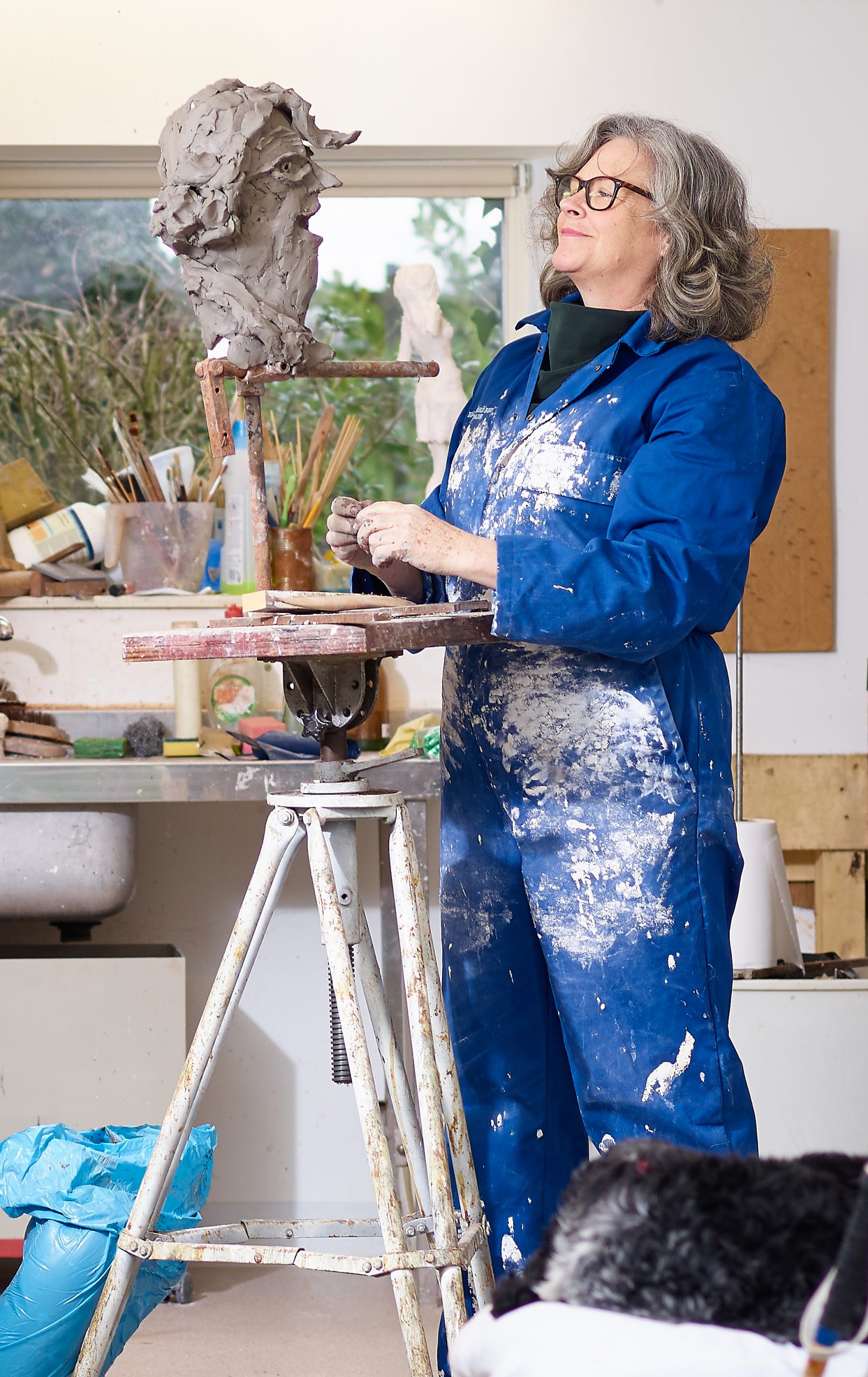 In Focus: How the 'Tottering Hall' cartoonist became a sculptor
In Focus: How the 'Tottering Hall' cartoonist became a sculptorBest known as the creative force behind Dicky and Daffy, it was her son’s death that prompted Annie Tempest to learn ‘the grammar of the sculptor’s language’, discovers Ian Collins.
-
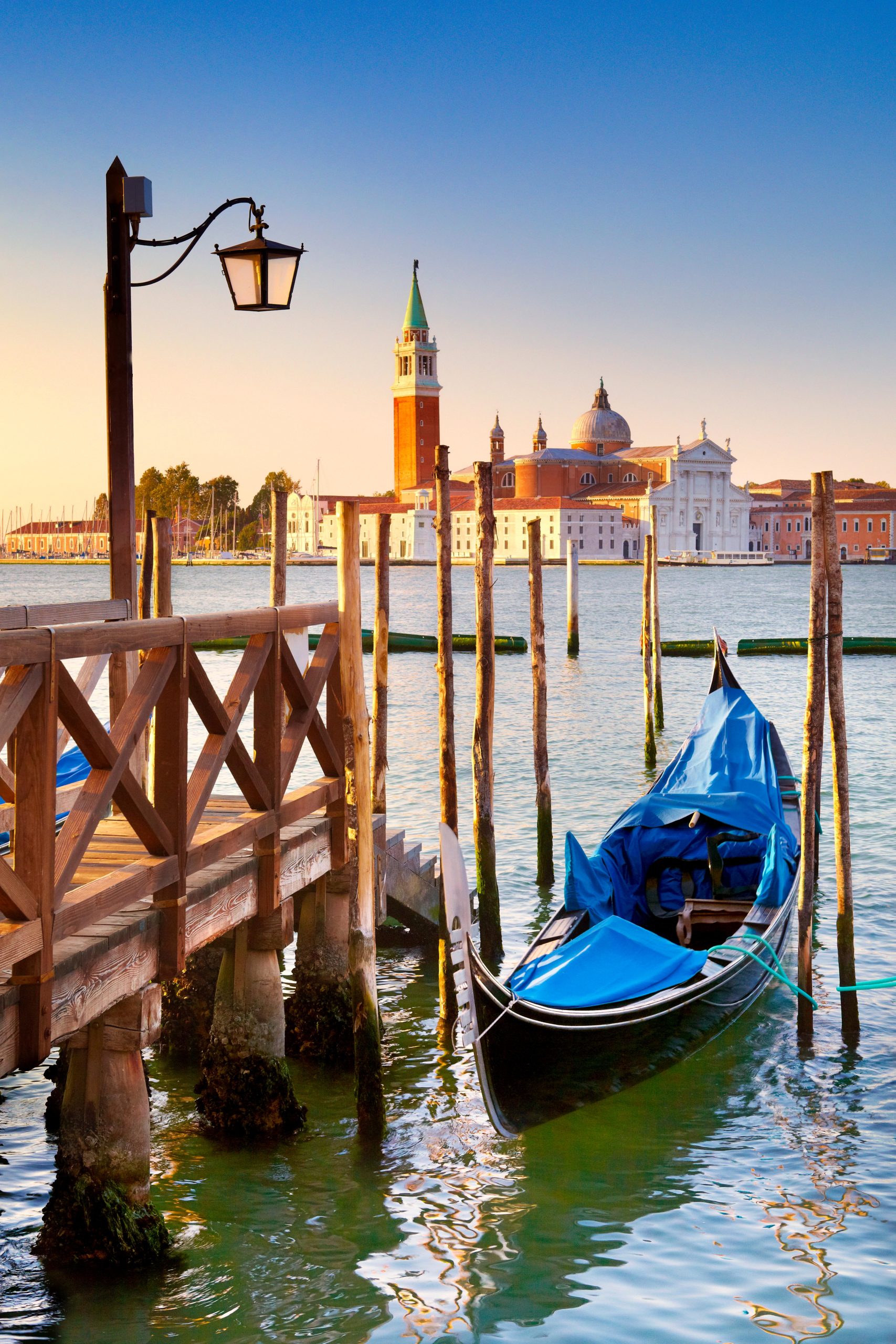 In Focus: How Italy inspired JMW Turner
In Focus: How Italy inspired JMW TurnerMary Miers considers how the country that fascinated Turner from youth shaped his artistic vision.
-
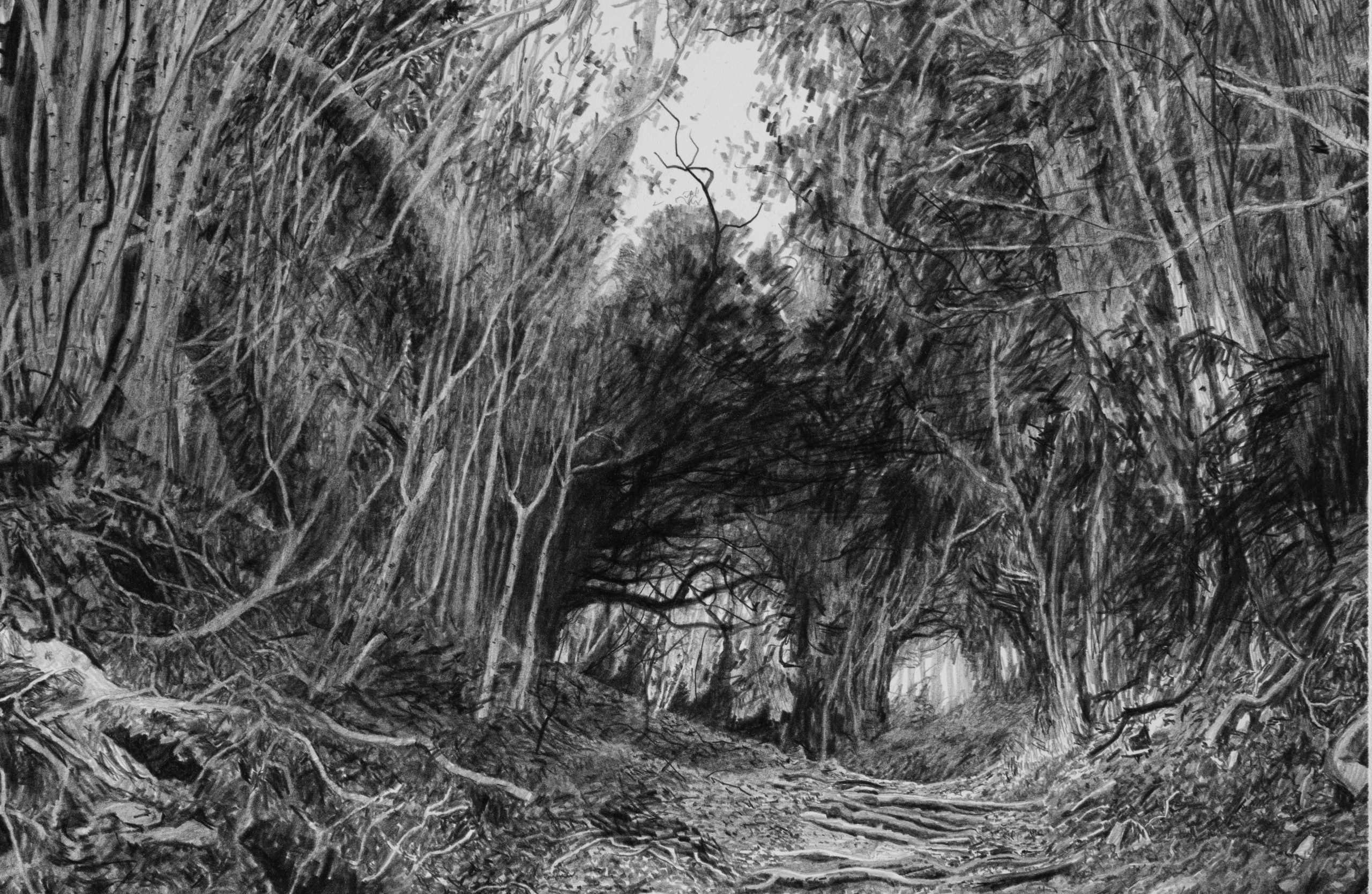 In Focus: Why the eerie thrives in art and culture
In Focus: Why the eerie thrives in art and cultureThe tradition of ‘eerie’ literature and art, invoking fear, unease and dread, has flourished in the shadows of British landscape culture for centuries, says Robert Macfarlane.
-
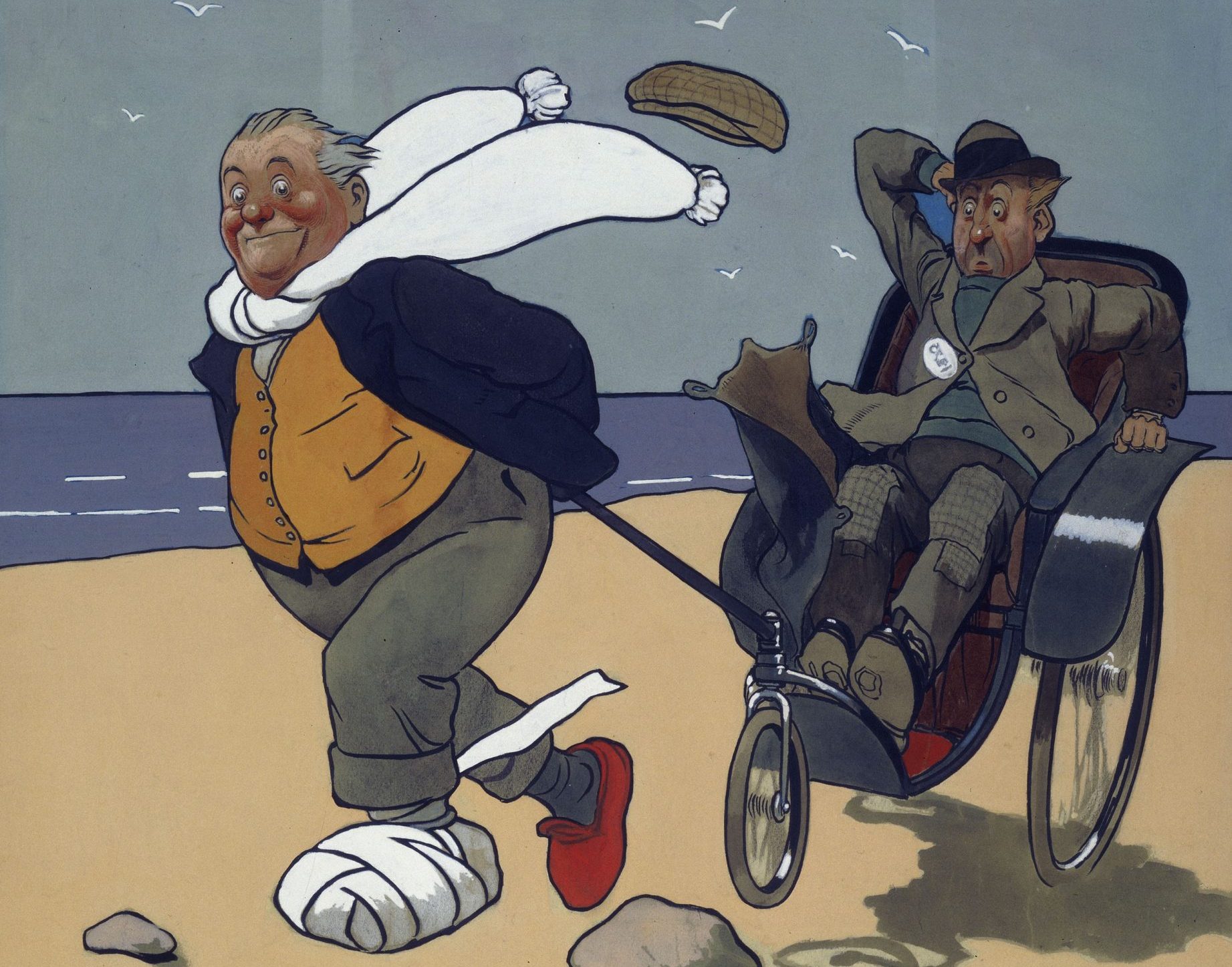 In Focus: John Hassall's iconic travel posters
In Focus: John Hassall's iconic travel postersThe works of British poster king John Hassall remain a breath of fresh seaside air, says Lucinda Gosling.
-
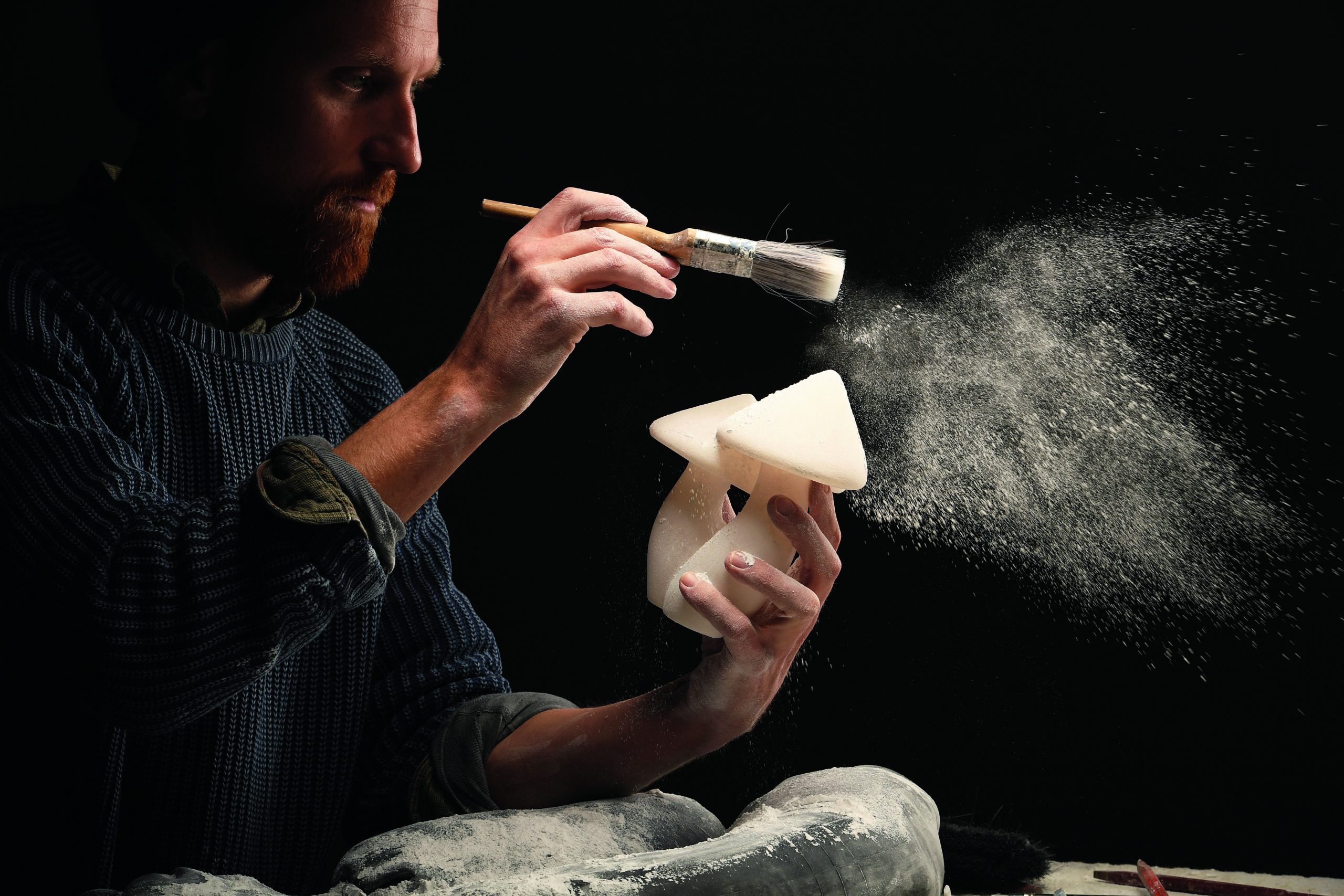 In Focus: the fungi sculptures that bend stone into soft, flowing forms
In Focus: the fungi sculptures that bend stone into soft, flowing formsThey may look as delicate and organic as the real thing, but Ben Russell’s sculptures of fungi, cacti and roots will outlast us all, believes Natasha Goodfellow.
-
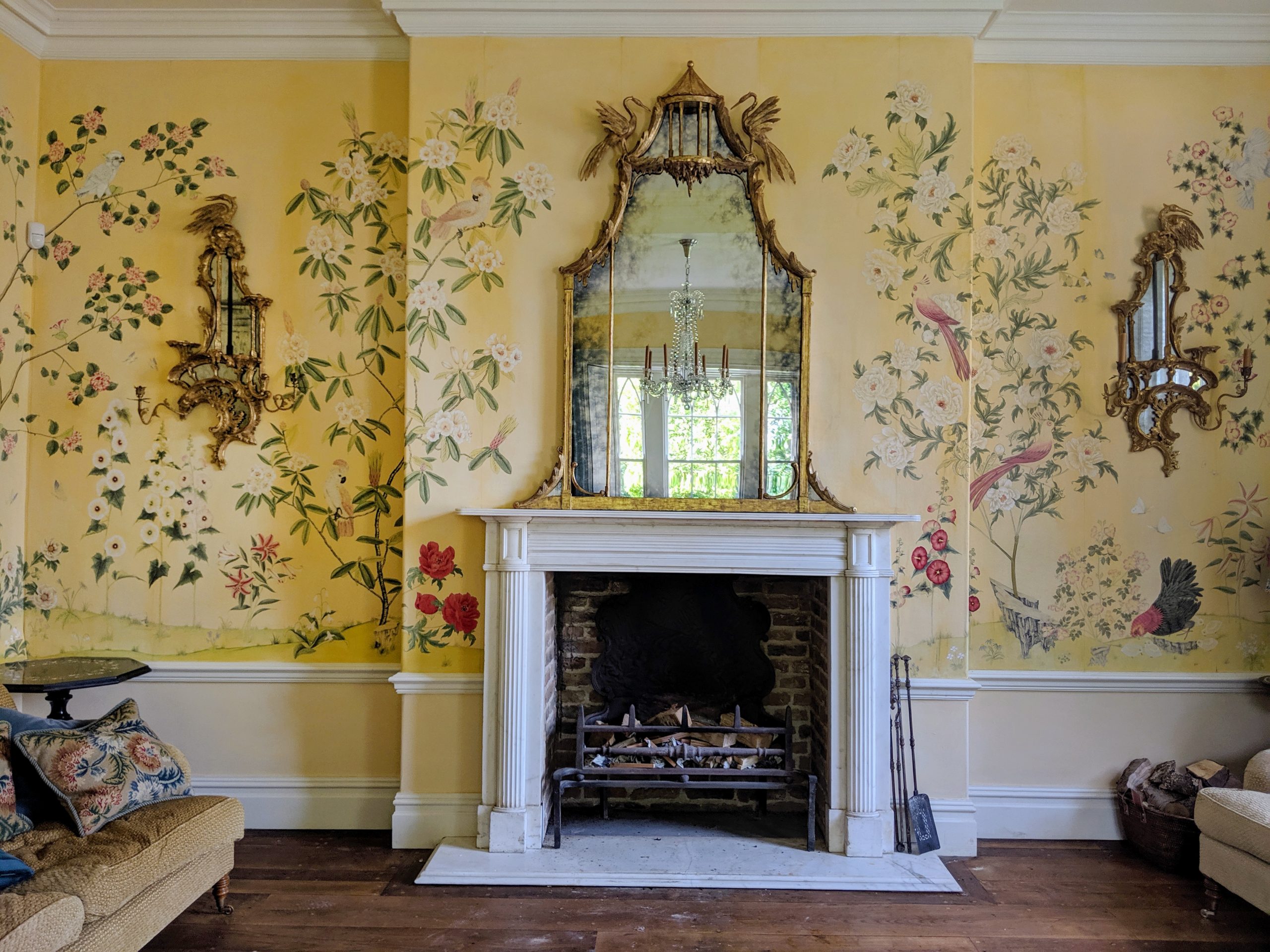 In Focus: How 21st century artists are reviving the art of the fresco
In Focus: How 21st century artists are reviving the art of the frescoOnce practised by Michelangelo, Raphael and da Vinci, the art of fresco creation has changed little in 1,000 years. Marsha O’Mahony meets the artists following in their footsteps.
-
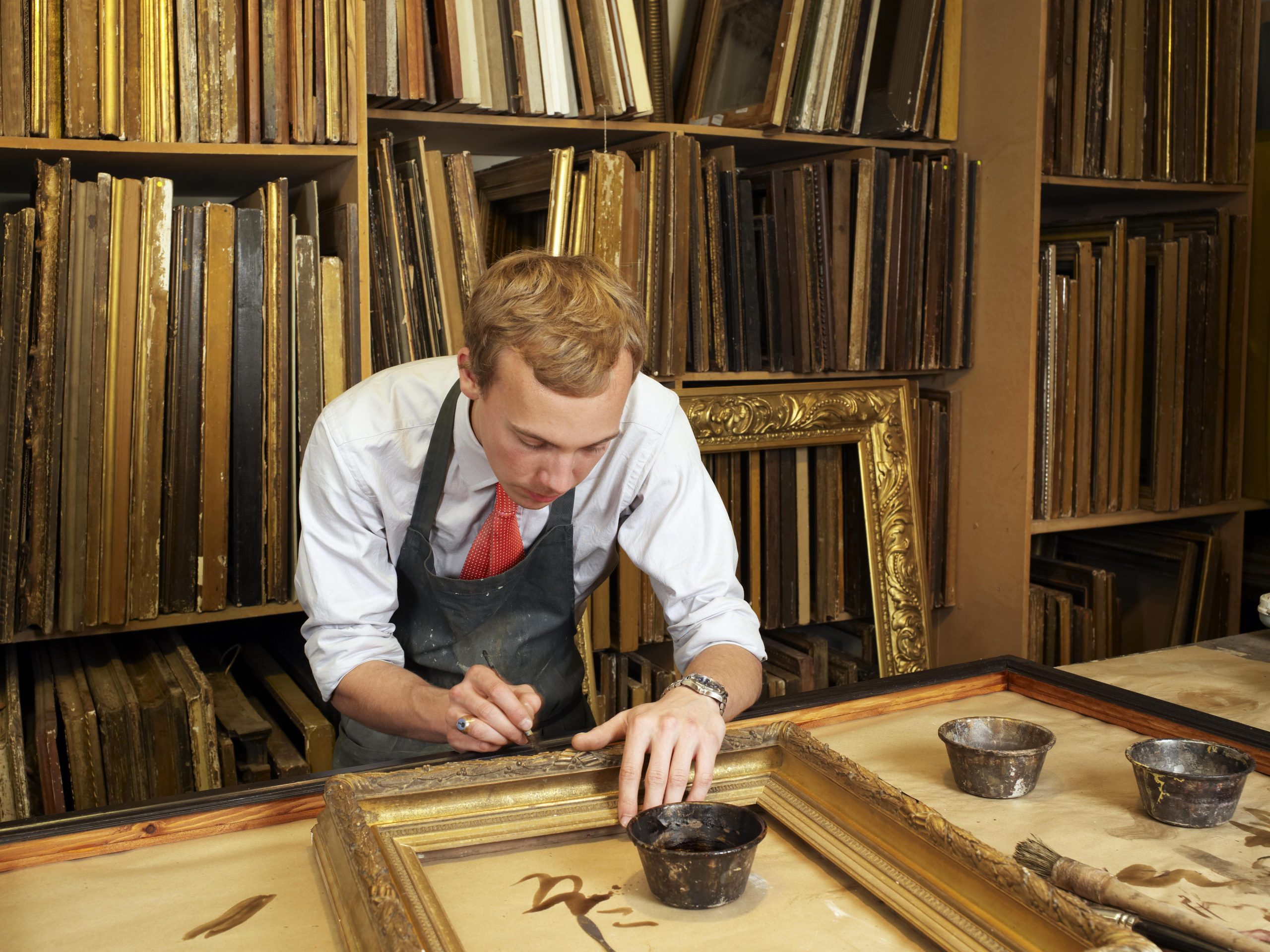 Why a good frame can be a work of art in its own right
Why a good frame can be a work of art in its own rightCatriona Gray retraces the history of frames, admires the craftsmanship required to make them and discovers what's the best way to preserve them.
-
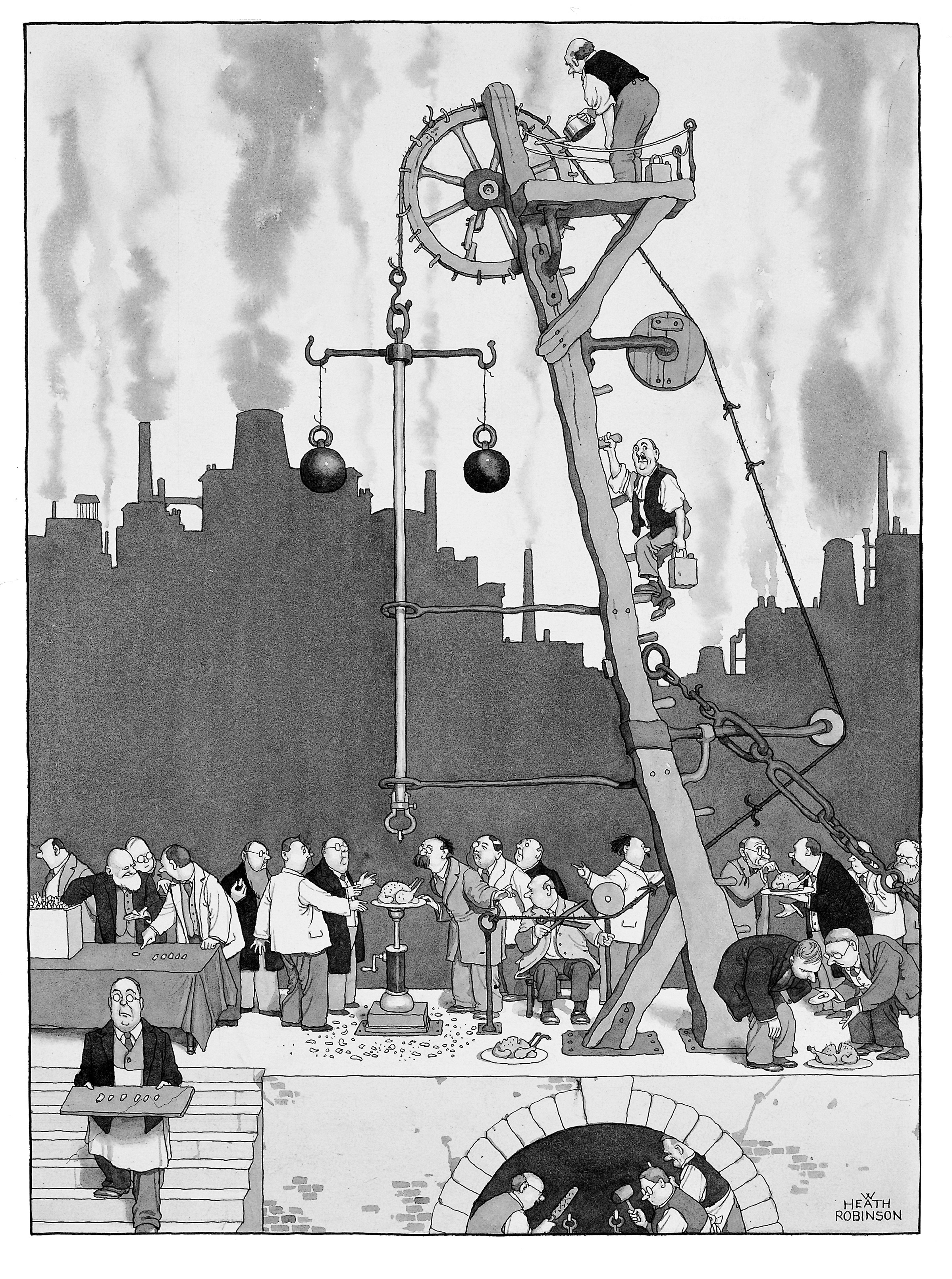 In Focus: The Heath Robinson Museum at Pinner, home to decades of gently satirised modern life
In Focus: The Heath Robinson Museum at Pinner, home to decades of gently satirised modern lifeHuon Mallalieu tells the story of the small museum in Middlesex, where you'll find the last records of the county before it became overrun by suburbia.
